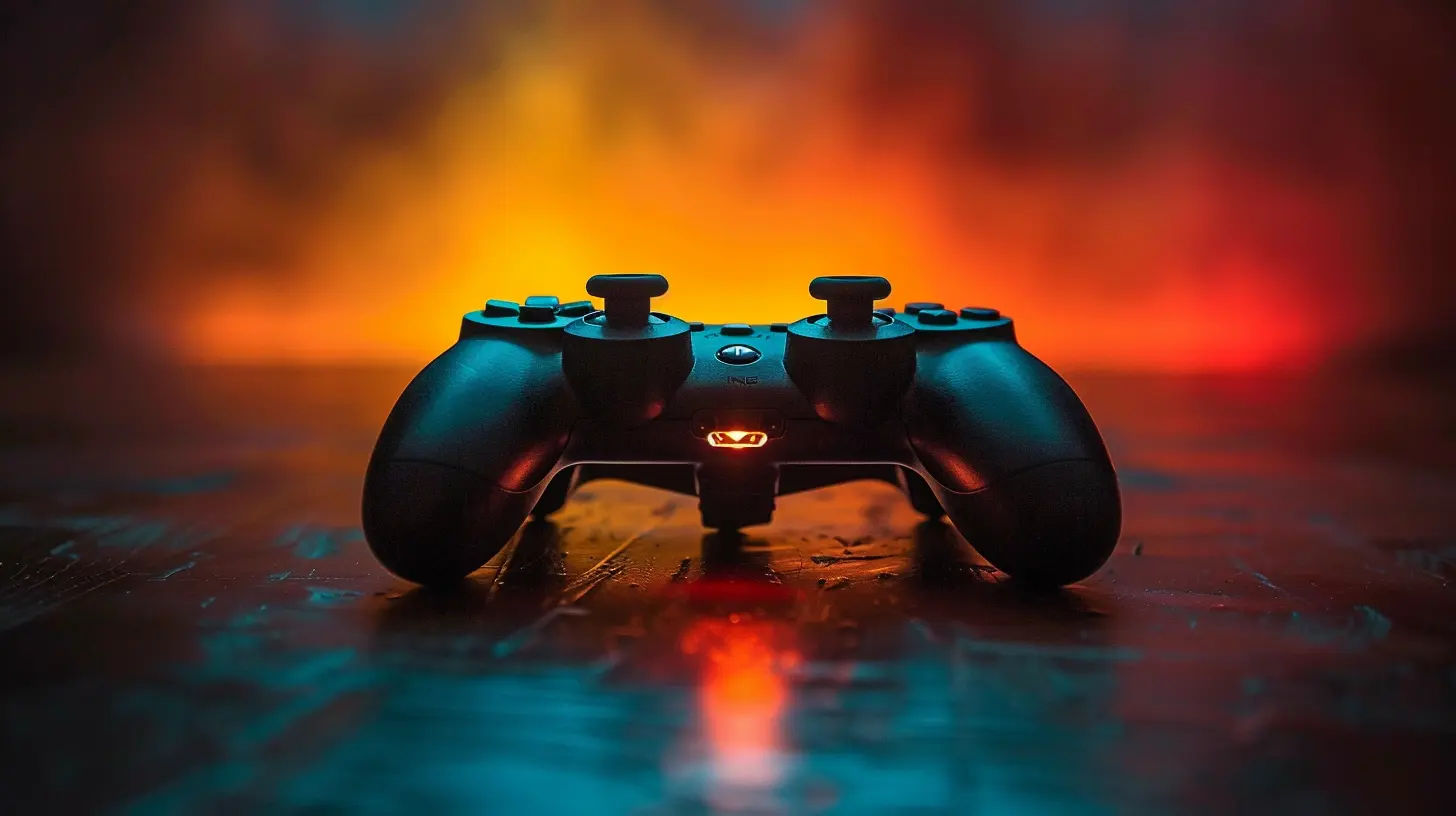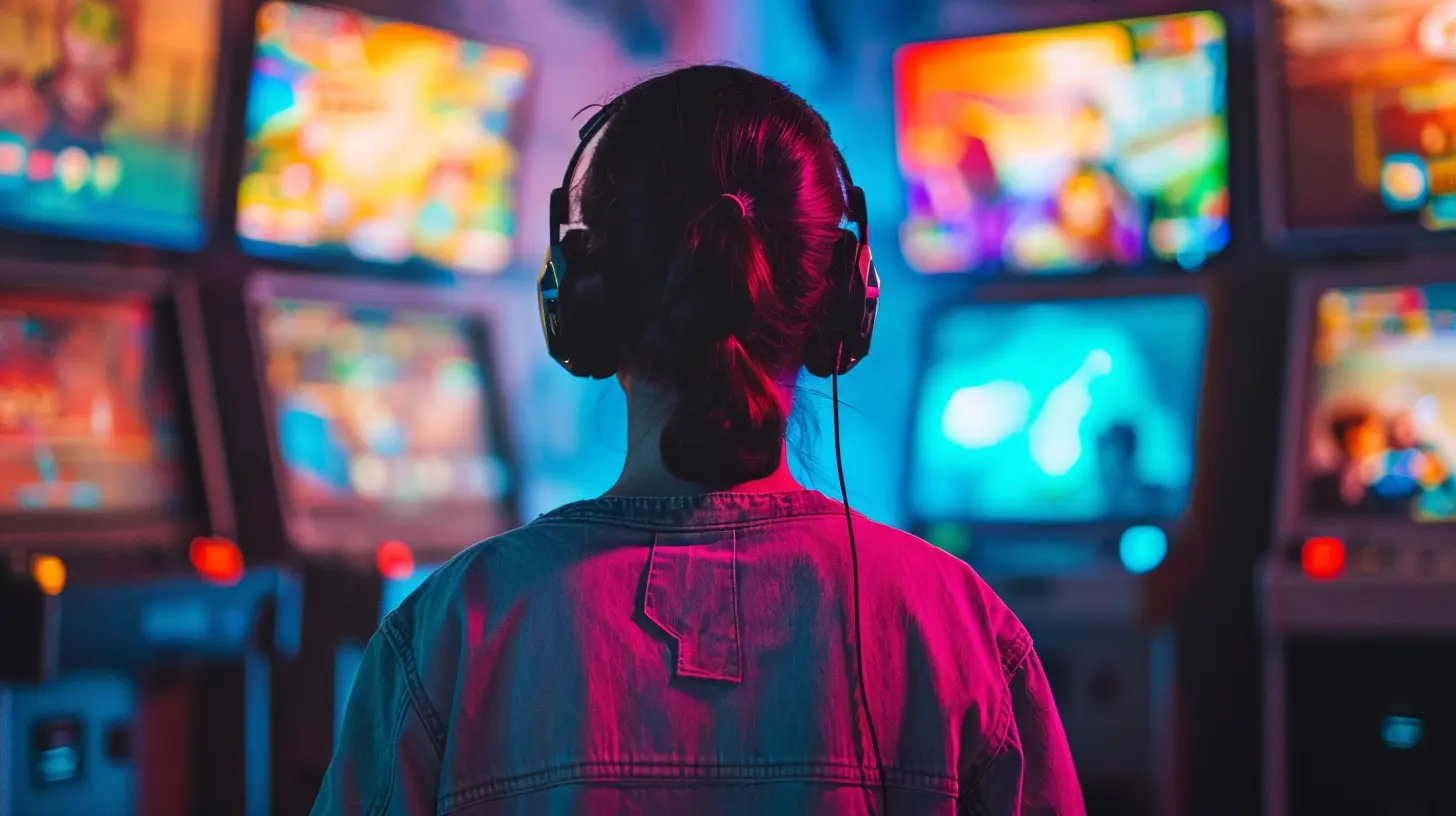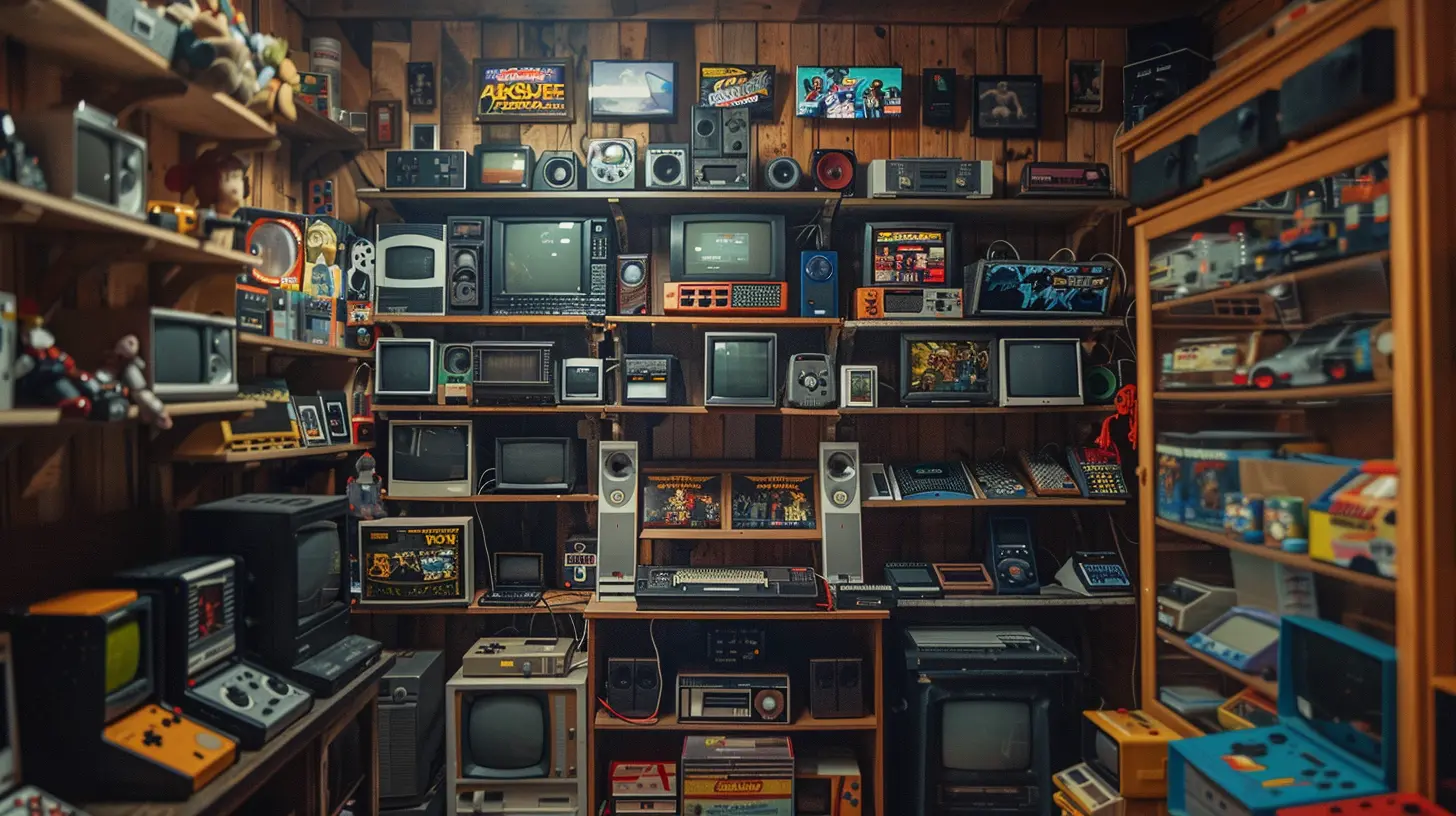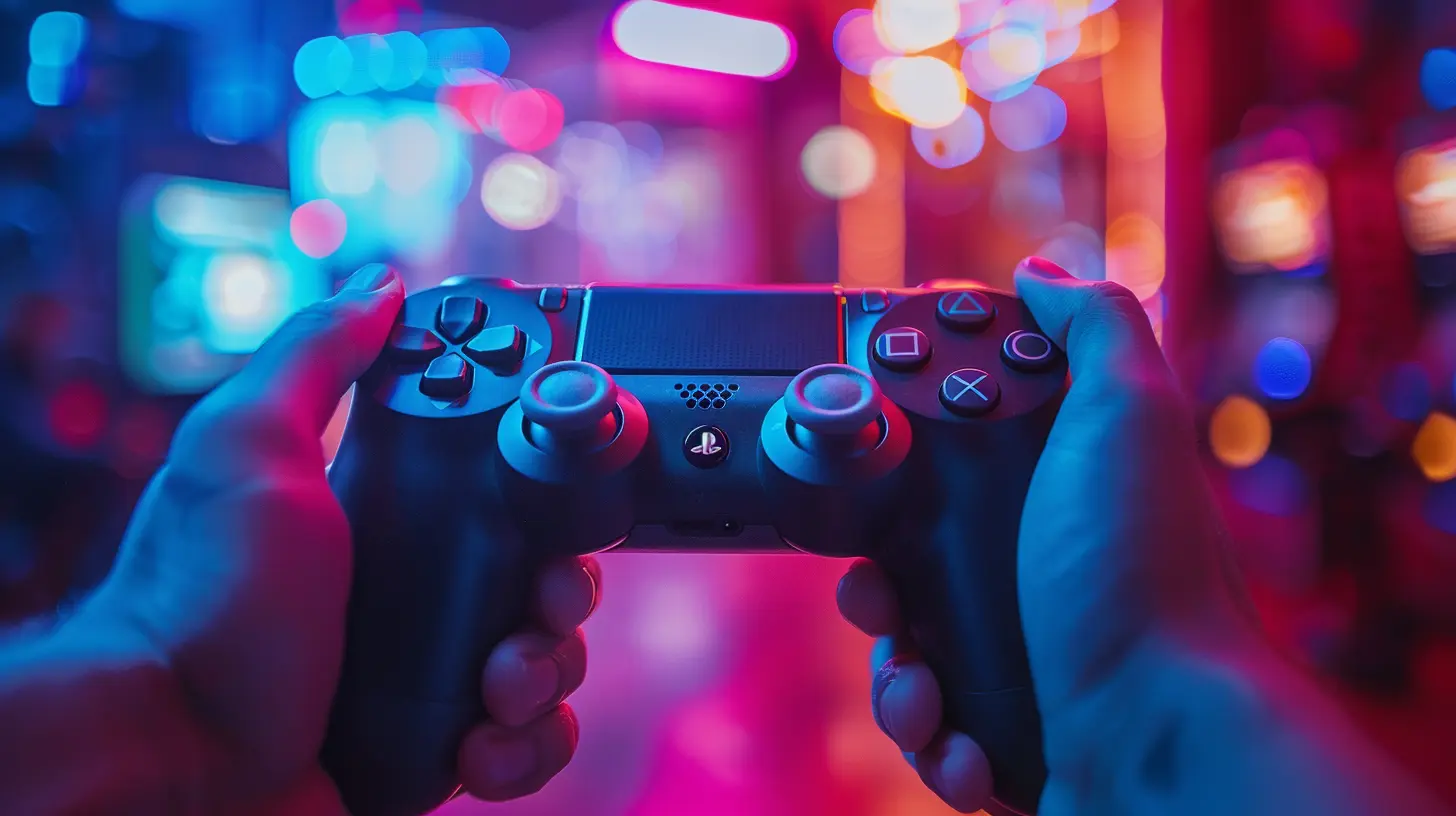From Arcades to Consoles: The Changing Landscape of Social Gaming
14 July 2025
Video games have come a long way, haven’t they? From the buzzing neon lights of arcades to the comfort of gaming consoles at home, the world of social gaming has seen an incredible transformation. It’s a journey filled with nostalgia, innovation, and a shift in how we connect with others through gaming. Let’s dive into this fascinating evolution and unpack how social gaming has changed over the years.
The Arcade Era: Where It All Began
If you grew up in the ’80s or ’90s, chances are you’ve spent a fair share of your time (and quarters) at an arcade. Remember the thrill of hearing those 8-bit sounds as you walked into a dimly lit room filled with rows of game cabinets? Arcades weren’t just about gaming—they were a social hub.You’d challenge your friends to a game of Street Fighter II, compete for the highest score on Pac-Man, or watch in awe as someone utterly destroyed Donkey Kong. Back then, social gaming wasn’t about chat rooms or voice comms. It was all face-to-face—cheering each other on, exchanging tips, and sometimes trash-talking a little too enthusiastically.
The beauty of the arcade era was its simplicity. You didn’t need an internet connection—just a pocket full of coins and a competitive spirit. It was a place where strangers became friends, and gaming wasn’t limited to a solitary experience. Even though the graphics were basic and the narratives weren’t elaborate, the social aspect made it unforgettable.
The Rise of Home Consoles: Gaming Moves Indoors
Then came the ’80s and ’90s, and everything changed. Home consoles like the Nintendo Entertainment System (NES) and Sega Genesis hit the market, and suddenly, gaming wasn’t something you had to leave the house for. People could play Super Mario Bros. or Sonic the Hedgehog in their pajamas—how cool was that?But this also meant that gaming became more intimate. Sure, you could still have your friends over for a round of Mario Kart or GoldenEye 007, but the social element wasn’t quite the same as the arcade scene. Instead of competing with a room full of strangers, you were battling it out with your siblings or your best friend from next door.
This shift wasn’t necessarily a bad thing, though. Couch co-op gaming became a staple of many childhoods. The laughs, the arguments over who “cheated,” and the late-night gaming marathons—these created memories that stuck with us. Plus, consoles paved the way for more complex games and richer storytelling, which laid the groundwork for the gaming experiences we love today.
The Internet Revolution: Social Gaming Goes Online
Fast forward to the late ’90s and early 2000s, and the internet changed everything. Online gaming wasn’t just a novelty anymore—it became a phenomenon. Titles like Diablo II and Counter-Strike introduced players to the idea that they could team up (or compete) with people from around the world without leaving their homes.This was a game-changer (pun intended). Suddenly, gaming was no longer limited by geography. Whether you were in New York or Tokyo, you could connect with other players in real time. Guilds and clans formed, esports began to take shape, and social gaming reached an entirely new level.
The downside? It wasn’t as personal as the arcade days or even split-screen co-op. Sure, you were chatting with others, but it was often through a headset or text instead of face-to-face. That said, the rise of online multiplayer opened up the doors for gaming communities to explode, and the positives far outweighed the negatives.
The Console Comeback: Blending Online and Offline
By the 2010s, gaming consoles like the PlayStation 4 and Xbox One brought together the best of both worlds. Thanks to built-in online capabilities, consoles now offered seamless online multiplayer experiences. You could squad up in Call of Duty with friends from across the globe or gather everyone in your living room for some hilarious Overcooked chaos.At the same time, the rise of streaming platforms like Twitch and YouTube Gaming made social gaming a spectator sport. People weren’t just playing games—they were watching others play, too. And let’s be honest, who hasn’t gotten sucked into a 2-hour YouTube rabbit hole of gameplay videos?
The ability to stream or share your gaming experiences also added a new layer of social interaction. It wasn’t just about playing anymore; it was about showcasing your skills, sharing funny moments, and building a community around a shared love of gaming.
Mobile and Social Media Gaming: Gaming for Everyone
And then came mobile gaming. Oh boy, did it shake things up. Games like Candy Crush, Clash of Clans, and Among Us brought gaming to an even broader audience. You didn’t need a high-end gaming PC or the latest console—just a smartphone and an internet connection.Mobile gaming also leaned heavily into the social aspect. Think about it: how many times have you sent (or been bombarded by) those Facebook invites for FarmVille? Or maybe you’ve joined a group of friends for a quick round of PUBG Mobile. Mobile games made social gaming more accessible and casual, which attracted a whole new wave of players.
While mobile games might not have the depth or complexity of console titles, they’re perfect for quick, social experiences. And with social media integration, sharing your achievements or inviting friends to play has never been easier.
A New Frontier: The Metaverse and Beyond
Here we are in the 2020s, and the gaming landscape is evolving yet again. Have you noticed how terms like “metaverse” and “NFTs” are being thrown around in the gaming world? Platforms like Roblox and Fortnite are no longer just games—they’re social spaces where players can interact, attend virtual concerts, and even create their own content.Virtual Reality (VR) and Augmented Reality (AR) are also changing how we experience social gaming. Imagine stepping into a virtual arcade where you can play games alongside your friends, no matter where they are in the world. It’s like the arcade era, but on steroids.
The possibilities are endless, and while we don’t know exactly where the future will take us, one thing’s for sure: social gaming will continue to evolve and bring people together in ways we can’t yet imagine.
The Evolution of Social Gaming: What Does It Mean for Us?
So, what’s the takeaway from all this? The journey from arcades to consoles (and beyond) reflects how human connections have always been at the heart of gaming. Whether we’re standing shoulder-to-shoulder at an arcade machine, laughing together on the couch, or strategizing with teammates online, gaming has a unique way of bringing people together.It’s fascinating to see how technology has shaped the way we game socially, but the core idea remains the same. Gaming is about connection. It’s about sharing experiences, creating memories, and having a good time—whether you’re an old-school arcade fan or a die-hard console gamer.
So dust off your favorite retro console, grab a controller, or fire up your favorite online game. Because no matter how much things change, one thing remains constant: gaming is better when it’s shared.
all images in this post were generated using AI tools
Category:
Gaming CultureAuthor:

Francesca West
Discussion
rate this article
1 comments
Lisette Howard
Great read! It's amazing to see how social gaming has evolved from bustling arcades to cozy living rooms. Here's to making new friends and unforgettable memories, no matter where we play! Level up, everyone! 🎮✨
July 23, 2025 at 3:19 AM

Francesca West
Thank you! I appreciate your insights on the evolution of social gaming—here's to new friendships and unforgettable experiences in every gaming space! 🎮✨


